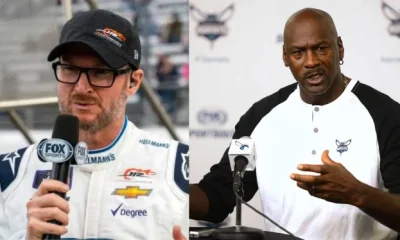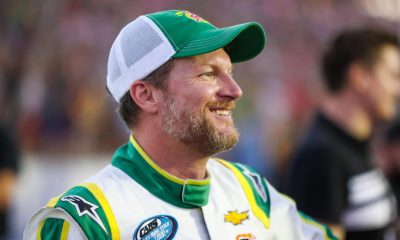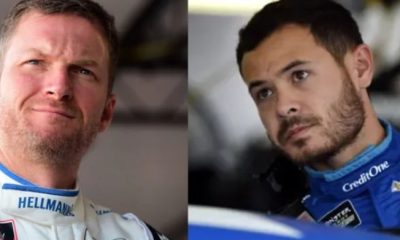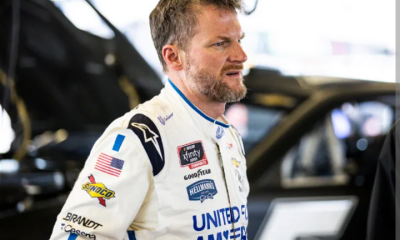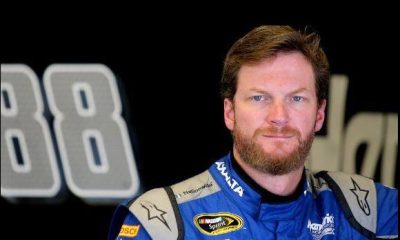Sports
These superstitions aren’t as widespread as they used to be but Dale Earnhardt faces Race Threatening
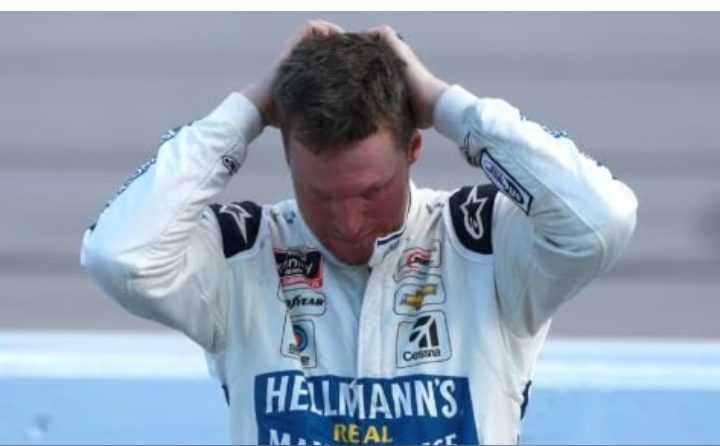
These superstitions aren’t as widespread as they used to be but Dale Earnhardt faces Race
In the adrenaline-fueled world of NASCAR, where speed is king and victory is elusive, drivers often turn to superstitions as their secret weapon on the track. From avoiding peanuts to embracing lucky charms, these rituals play a significant role in shaping the narratives of racing legends. In this article, we delve into the intriguing world of NASCAR superstitions, from historic jinxes to heartwarming tales of luck.
Dale Earnhardt and the Quirks of a Legend
Even the legendary Dale Earnhardt, with his intimidating presence on the track, had his share of quirks. He believed in leaving a building the same way he entered, a ritual aimed at maintaining an aura of invincibility. Earnhardt’s superstitions were not isolated; the entire NASCAR community is steeped in these peculiar beliefs.
Peanuts and the 1930s Jinx
In the 1930s, peanuts earned a notorious reputation on the NASCAR circuit. Two crashes, one at Langhorne Speedway and another at Nashville State Fair, both involving peanut shells, instilled fear in drivers. The superstition persists, with drivers avoiding peanuts not for their messiness but for the bad luck associated with them.
Dale Earnhardt faces Race Threatening
The Dreaded Number 13 and the Color Green
In a sport fueled by speed and precision, the number 13 is deemed the black cat of NASCAR. With only one win in over 650 races, the superstition surrounding this number is real. Similarly, the color green carries a dark past, with tragic crashes involving green cars influencing drivers to steer clear of this supposedly unlucky hue.
Racing Charms and Rituals
Beyond avoiding jinxes, NASCAR drivers actively seek good fortune through charms and rituals. Pete Depaolo raced with his son’s shoes tied beneath his car, swearing by the luck it brought. However, not all drivers find solace in charms; Mark Martin had a negative experience with a four-leaf clover, leading him to eschew good luck symbols.
Shaving, $50 Bills, and Other Race Day Taboos
In NASCAR, shaving on race day is considered a taboo, tracing back to the tragic fate of racer George “Doc” Mackenzie, who shaved off his “lucky” goatee and met a fatal end in 1936. The superstition extends to avoiding $50 bills on race day, with champions like Dale Earnhardt Sr. and Tony Stewart steering clear of the supposedly jinxed currency.
READ: Kyle Larson Rules Out a Kevin Harvick-Type NASCAR Career for Himself
Luck Takes the Wheel: Heartwarming Superstitions
Superstitions in NASCAR aren’t merely about dodging bad luck; they also serve as beacons of hope for drivers seeking good fortune. One poignant story involves Dale Earnhardt’s 1998 Daytona 500 win. A six-year-old fan, Wessa Miller, gifted Earnhardt a penny, which he glued to his dashboard. The result? A victorious race, immortalizing the lucky penny in the Richard Childress Racing Museum.
In the 2016 season finale, Martin Truex Jr. received a lucky rabbit’s foot from Hall of Fame drag racer Darrell Gwynn. Truex went on to lead 78 laps and clinch his first championship, attributing his success to the charm.
Racing Beyond Logic
In the high-speed, high-stakes world of NASCAR, superstitions are more than just rituals; they are the unwritten rules that drivers abide by to gain that extra edge. Whether avoiding peanuts or embracing lucky charms, these superstitions add a layer of mystique to the race track, turning a sport rooted in logic and precision into a realm where belief in the unseen can make all the difference. As the engines roar and the checkered flag waves, one thing is clear – in NASCAR, superstitions ride shotgun with speed.
THERE IS COMMENT BOX AFTER THE ADS, SHARE YOUR THOUGHT WITH USSports
Ferrari warned Lewis Hamilton will cause internal drama
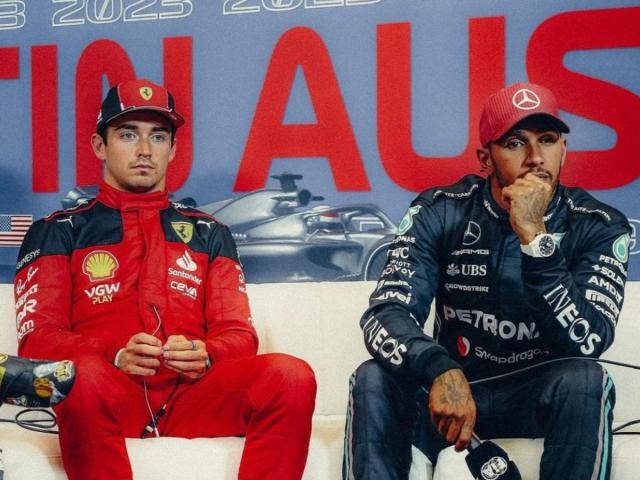

A former Ferrari engineer has criticised the decision to bring in Lewis Hamilton and thinks the Brit’s presence will mean “a lot of potential for drama”.
At the age of 40, seven-time Formula 1 champion Hamilton will form a formidable driver partnership with Charles Leclerc. His big switch comes at the expense of Carlos Sainz, who has performed well for the Italian squad but who was axed so they had room for their blockbuster new signing.
But not everyone of a Ferrari persuasion is convinced that it will go well. Ernest Knoors, who spent many years as an engineer at Maranello, specialising in power units, worries that Hamilton’s presence could do more harm than good for a team that is finding its groove under Frederic Vasseur.
“A big name like Hamilton also brings a lot of politics and if politics within Ferrari are not managed well, then there is a lot of potential for drama,” he told Formule1.nl. “Hamilton has the tendency that if things do not work out, he turns his whole car upside down and starts experimenting.
“Ferrari believes very much in the big personalities and will follow him. But Hamilton is just someone you have to guide a little bit and not give the freedom to rebuild the whole car, because then it will go completely wrong. So I do not know if it is such a smart move, but of course it is nice for the sport.”
News of Hamilton’s planned move broke on February 1, coinciding with football’s Transfer Deadline Day. That the back pages of many newspapers were dominated by the decision of Hamilton to swap Mercedes for Ferrari was testament to the magnitude of the announcement.
Sainz was not surprised as he had been informed by his team of the plan ahead of it being made public. But the Spaniard responded well with two victories to date this season and five further appearances on the podium, on the way to what looks likely to be a fifth-placed finish in the championship – two spots and 54 points ahead of Hamilton.
Sainz has signed for Williams next year and, after several years of running at the front of the grid, will focus on his new challenge of helping restore one of the grid’s most historic teams to its former glory. But Knoors believes he should have been kept on by Ferrari instead.
The Dutchman added: “I see Lewis Hamilton’s arrival at Ferrari more as a PR move. With all due respect, Hamilton is not going to take that Ferrari from P6 to P1. He will get the most out of it, but what Ferrari has to do is make that car faster. And if you make that car faster, you can easily drive at the front with the current line-up.
“Besides, as a team you have to look further on the horizon. If Hamilton becomes champion in the coming years, he and Ferrari will become immortal. But if you want to build a team with talent for the next five years, are you going to build on Hamilton? No, because he will really be finished after two or three years. That is why I would have kept the very strong line-up that Ferrari has now.”
THERE IS COMMENT BOX AFTER THE ADS, SHARE YOUR THOUGHT WITH USSports
Listen to Chase Elliott, No. 9 team react to pace car crash at Phoenix in 2024
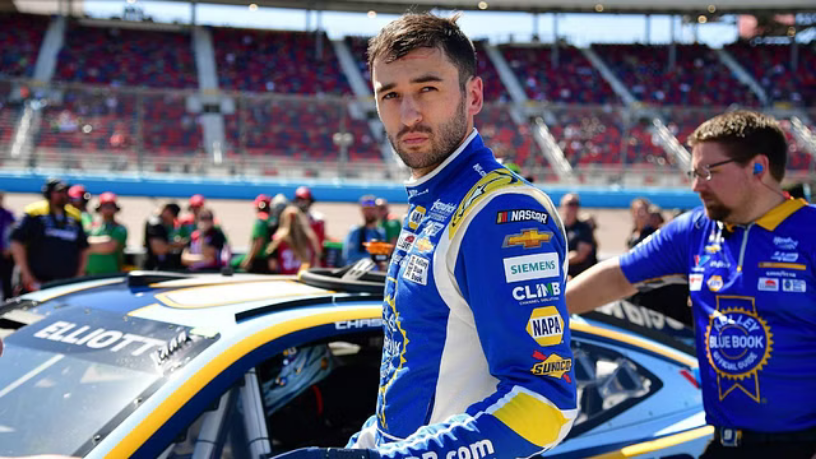

Chase Elliott had a front-row seat for one of NASCAR’s most bizarre moments of the 2024 Cup Series season. At the start of Stage 2, the pace car dove onto pit road in front of Elliott; however, it was a tad too late. The pace car made contact with the sand barrels at the entry of pit road and caused a red flag for cleanup.
Initially, there was some speculation on the NBC Sports broadcast, even from the No. 9 team, that Elliott made contact with the pace car. Fortunately, the pace car didn’t slide across the No. 9 car’s nose, but it undoubtedly provided one of NASCAR’s craziest red flag moments in recent memory.
Below, you can listen to Elliott and the No. 9 team react to the pace car crashing into the sand barrels on pit road at Phoenix during Championship Weekend!
Sports
Dale Earnhardt Jr. Exposes NASCAR’s Hidden Truth: The Pressure Turns Champions Miserable
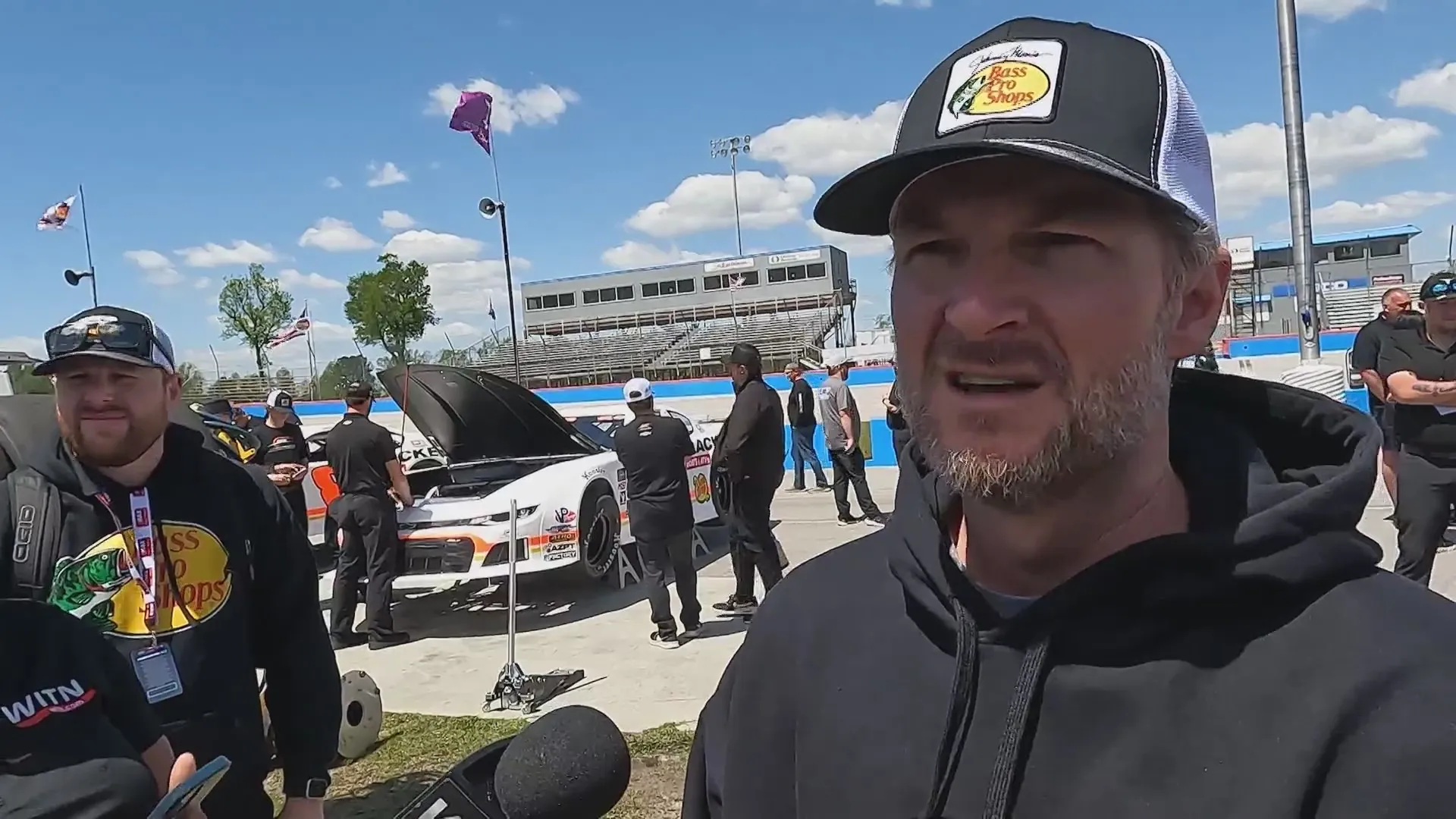

Reflecting on the recent retirement of 2017 NASCAR Cup Series champion Martin Truex Jr., Earnhardt didn’t mince words about the toll NASCAR takes on its drivers. Speaking candidly, the two-time Daytona 500 winner admitted that the pressure to perform every week left him feeling miserable for most of his racing career—a sentiment he believes is shared by many of his peers.
“Right or wrong, racing made me a miserable person 90% of the time,” Earnhardt confessed. “And him too. I mean, ask Kyle Busch, ask anybody—unless you’re winning, you’re not happy.”
For these elite drivers, the sport is a relentless grind. A podium finish might bring temporary relief, but anything short of victory is often a source of frustration. The immense effort poured into preparation and execution rarely feels like it pays off unless the checkered flag is theirs.
Earnhardt highlighted the mental toll of falling short, explaining how the relentless focus on winning can overshadow the joy of simply competing. Even a solid performance feels hollow compared to the euphoria of a win.
“Unless you’re winning, you’re not happy at all,” he said. “You’re okay with a good run, but for the most part, all the effort it takes just to run good—it doesn’t weigh out.”
For drivers, the stakes are sky-high every week. Sponsors, fans, and teams demand nothing less than excellence, leaving little room for error or personal satisfaction in anything less than a dominant performance.
Earnhardt also shared insights into his friendship with Martin Truex Jr., who recently announced his retirement. While the two often spend time hunting together during NASCAR’s off-season, Earnhardt noted that the stress of racing even creeps into their leisure activities.
“When I’m with him during hunting season, it’s always in the back of his mind,” Earnhardt said. “It’s that stressful part of the year when he’s as miserable as he’s going to be.”
Now, with Truex stepping away from the track, Earnhardt looks forward to seeing a lighter, happier version of his long-time friend. Without the weight of weekly competition hanging over him, Truex might finally be able to relax and enjoy the outdoor lifestyle he cherishes.
“It’ll be fun to see him loosen up,” Earnhardt added.
THERE IS COMMENT BOX AFTER THE ADS, SHARE YOUR THOUGHT WITH US
